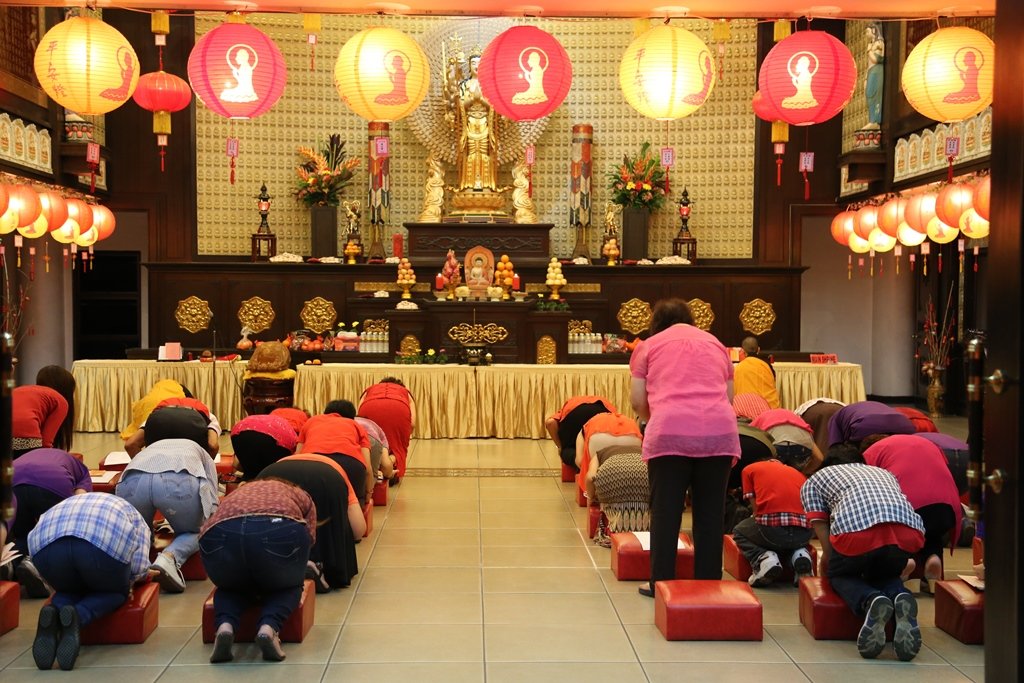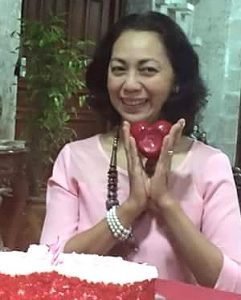They say that most Filipinos have Chinese blood. As for me, I really wouldn’t know unless I have my DNA tested. My only claim to Chinese ancestry is through Padre Mariano Gomez of Gomburza who was of Filipino-Chinese-Spanish ancestry and who is included among the Chinoys of Bahay Tsinoy in Intramuros. The good padre was my great-grandmother Valeriana Gomez’s first cousin and her son, my grandfather Mariano Gomez Basa, was named after Padre Gomez. Still, I do not know which side had the Chinese relations – on the Padre’s father’s side, or on his mother’s side. With eyes like mine (an ex-boyfriend called me “Tarsier”) maybe I don’t have any.
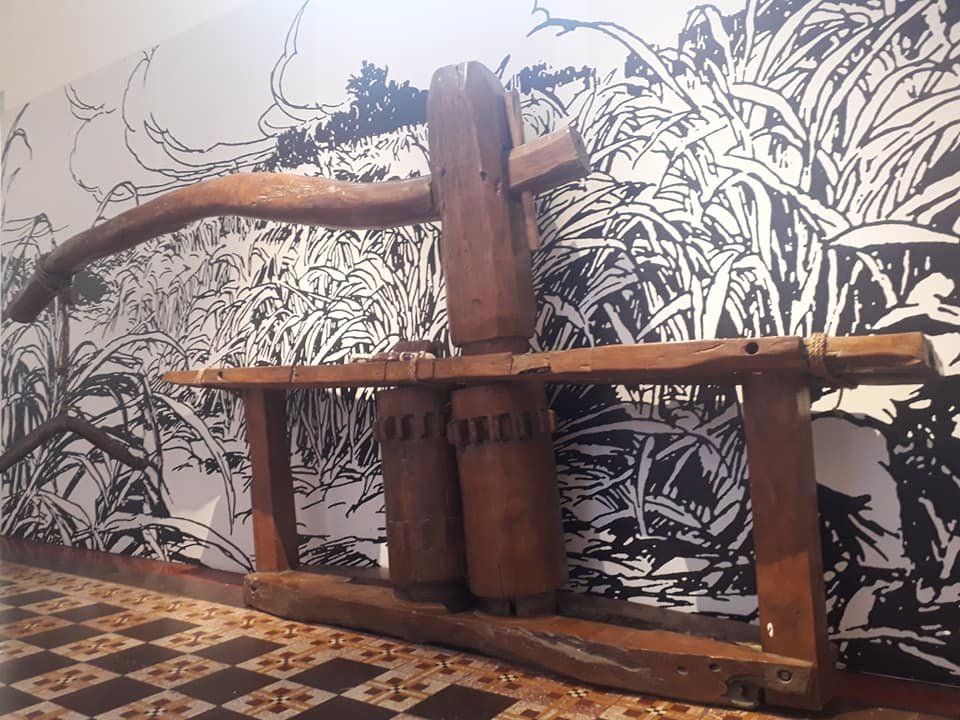


If I do not have a drop of chinoiserie, there are many Filipinos who do. However, one fantastic book reveals that there is a community of Chinese in China who have Filipino ancestors. Teresita Ang See’s The Ties that Bind (The Saga of the Sultan of Sulu in China) chronicles the fateful journey of Sultan Paduka Batara in 1417 to Beijing to pay a royal visit to Ming Emperor Yong Le (Zhu Di). On his way to Sulu, the Sultan fell ill and passed away in Dezhou, Shandong, China. As was befitting for royalty, the sultan was given an imperial funeral in China and his second and third sons stayed on to take care of the Sultan’s tomb together with the Sultan’s wife and ten followers. The second son was Andulu and the third son was Wenhalla. They and their followers enjoyed many generous concessions from the Emperor – tax- and tribute-free living, food and clothing, a pension, and farmlands.
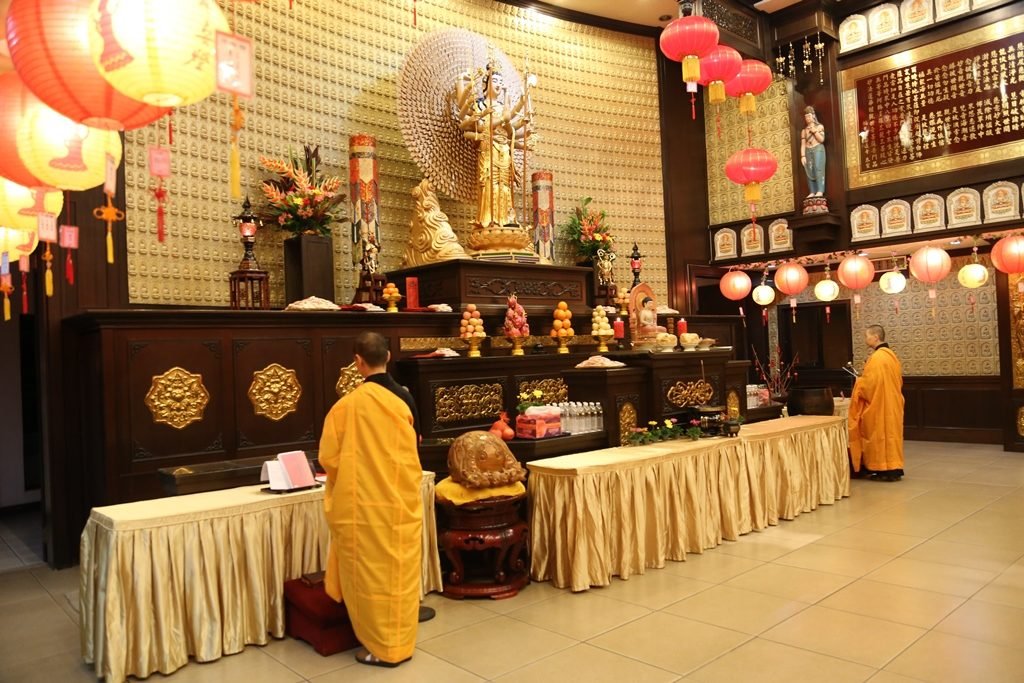
600 years after the Sultan’s death, Teresita Ang See’s book The Ties that Bind is published which records the journey of the Sultan’s descendants from China to their ancestral land (lao jia) Jolo. The writer, academician, and social activist was instrumental in the homecoming of the descendants of Wenhalla and Andulu in 2005. Ms. Ang See kept her promise to “give him a chance to visit his lao jia” referring to Andulu’s progeny An Jin Tian who narrated to her that “before the oldest descendant dies, he tells the next generation the wishes of their forebears that they should one day see their lao jia.” An Jin Tian with his son An Yan Chun (descendants of Andulu on on their 21st generation), and Wen Hai Jun (descendant of Wenhalla from the 19th generation) became the first of the Sultan’s family in China to return to their ancestor’s original land.
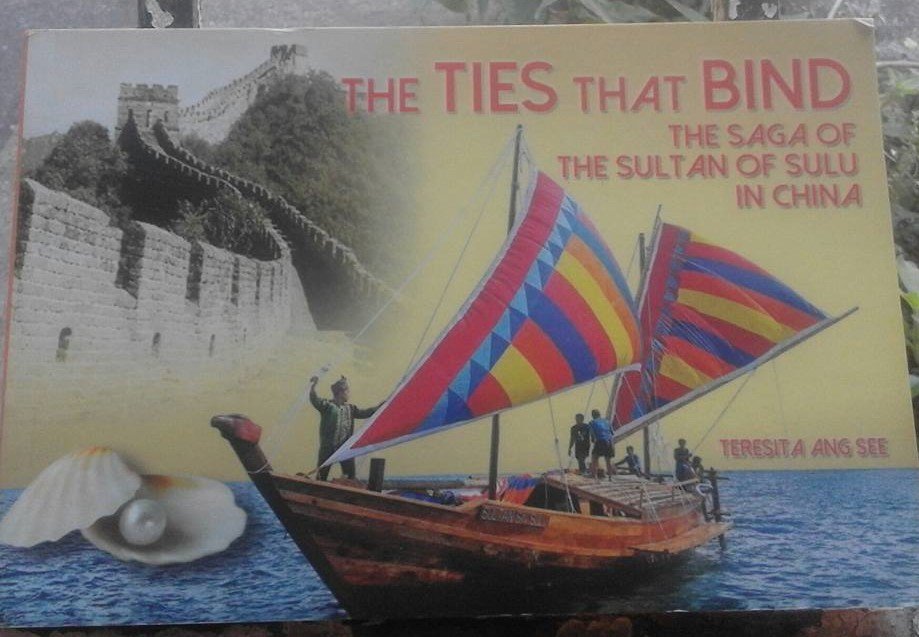
As I read on, I experienced the welling up of emotions with every dramatic turn of events in the lives of the Sultan’s heirs. Despite the Ming Emperor’s edict to provide a royal lifestyle to those who had to take care of the Sultan’s tomb in Shandong, the benefits were withdrawn when the Ming government became bankrupt. The descendants were forced to till the soil thus ushering in the end of the royal treatment including the eventual confiscation of the farmland by the government.
Later, the 8th generation petitioned for Chinese citizenship giving up their status as foreigners, yet did not give up their belief in Islam and did not forget their family history. They were conscious of the fact that (even generations later) they were not the typical Chinese but were descended from foreign royalty, and that their lao jia was in a Southern Philippine island. In fact, An Jin Tian kept a poster on his wall – a Philippine scene of blue waters, coconut palm trees, and a bahay kubo on the beach.
The picture became a real one for the three descendants on June 6, 2005 as they travelled from Shandong to Beijing to Xiamen to Manila to Zamboanga where the Shandong delegates were met by relatives and the leaders of the Sulu Sultanate. It was notable during noontime prayers at the mosque that An Jin Tian, then 76 years old, An Yan Chun, and Wen Hai Jun impressed the leaders in their worship. Throughout the centuries, the Sultan’s descendants have strictly kept the old prayer traditions – their small Muslim village Bei Ying an anomaly in Buddhist China.
Lao Jia at last!
The day before the descendants were to fly to Jolo, they were shown the island of Basilan from across the expanse of blue sea. “Behind that is Jolo, your home.” An Yan Chun said again and again, “The real picture is much, much better than what we have ever imagined.” Wen Hai Jun remarked, “Tai piao liang le (it is too spectacular).”
In Jolo, on June 11, the party was met by relatives with welcome banners in their colorful Muslim attire. The guests were given a royal welcome complete with motorcade, and hosting by the Sulu Governor Benjamin Loong. The three gentlemen were officially conferred as “Padukas”. An emotional moment for them was the visit to the tomb of the grandfather of all Sultans of Sulu, Rajah Baginda, at the Bud Dato cemetery. An Jin Tian said, “We xin li hen nan guo (my heart breaks). My ancient elders left their country and never made it back to their home. I feel sad for them, and it is a heavy responsibility on my shoulders now to be the first one to come back to our lao jia. I am deeply touched and eternally grateful.”
